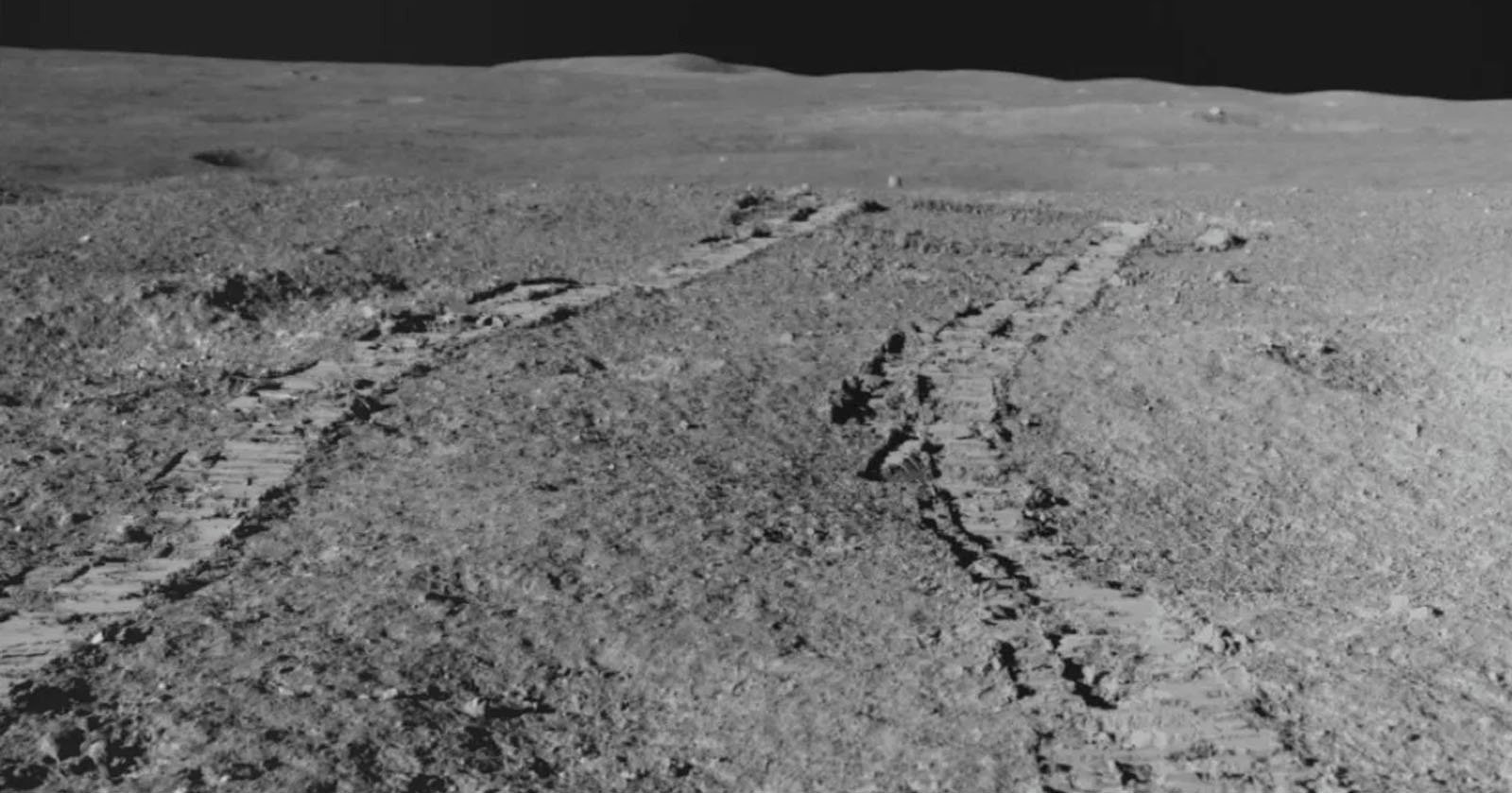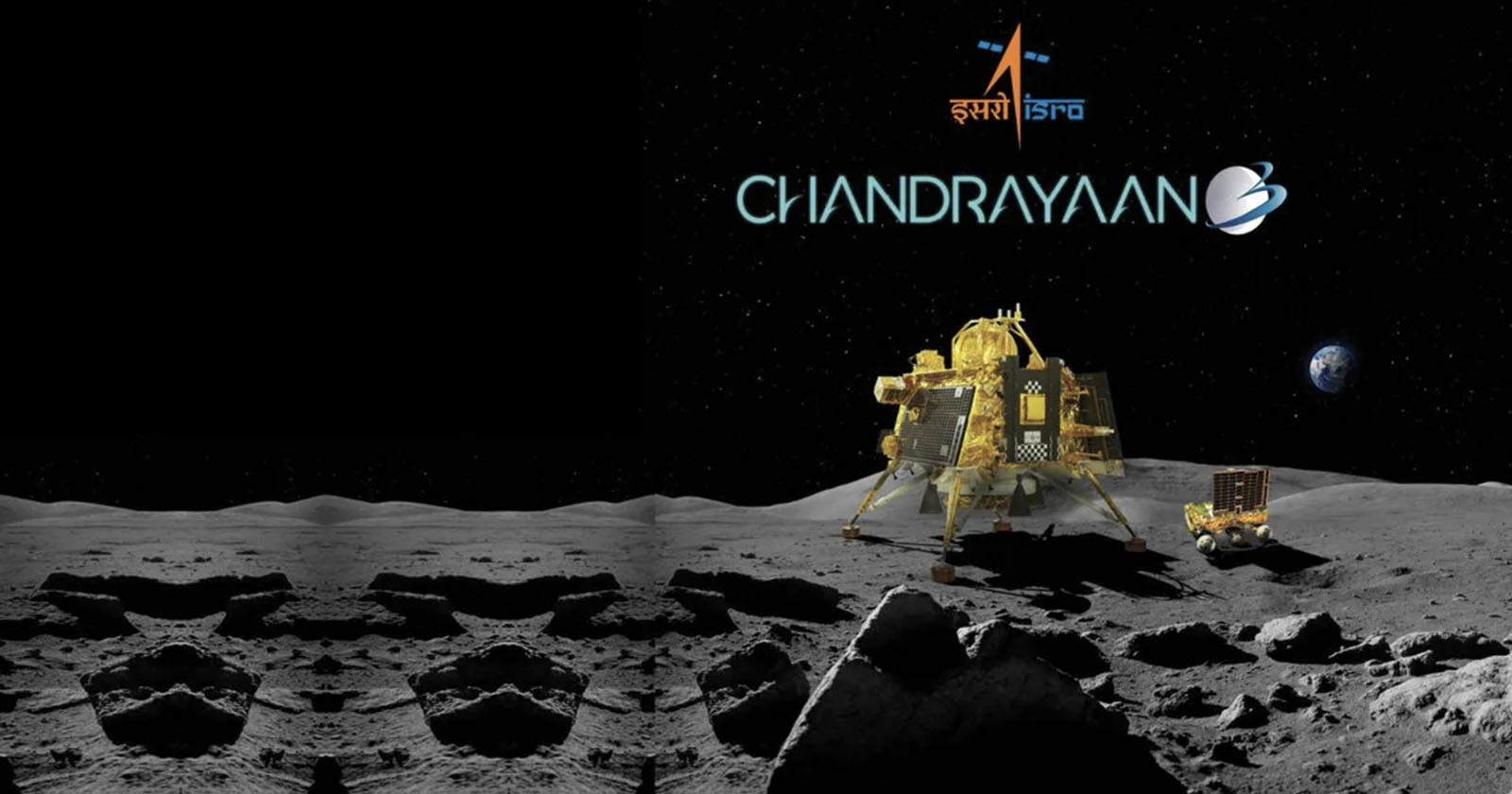
The Indian Space Research Organization (ISRO) has shared new photos and videos captured by its Chandrayaan-3 lunar lander following its successful landing on the Moon’s south pole on August 23, a momentous occasion that made India the fourth country to ever land on the Moon successfully and the first to do so near the lunar south pole.
The Chandrayaan-3 mission first sent back images of the Moon near the beginning of this month, after a successful launch on July 14. The orbiter successfully entered lunar orbit on August 5, and the mission then moved to the next stage, preparing to put its lander, Vikram, on the lunar surface alongside the Chandrayaan-3 mission’s rover, Pragyan.
As seen on The Verge, the ISRO has shared numerous photos and videos from Chandrayaan-3 since it landed on the Moon.
Chandrayaan-3 Mission:
‘India🇮🇳,
I reached my destination
and you too!’
: Chandrayaan-3Chandrayaan-3 has successfully
soft-landed on the moon 🌖!.Congratulations, India🇮🇳!#Chandrayaan_3#Ch3
— ISRO (@isro) August 23, 2023
Space.com describes the Pragyan rover’s movements on the lunar surface as “almost charming” due to the “gingerly” way in which the rover moves.
Chandrayaan-3 Mission:
🔍What’s new here?Pragyan rover roams around Shiv Shakti Point in pursuit of lunar secrets at the South Pole 🌗! pic.twitter.com/1g5gQsgrjM
— ISRO (@isro) August 26, 2023
The mission’s landing point, now known as Shiv Shakti Point, is critical for scientific reasons. The Chandrayaan-3 mission targeted the lunar south pole and will not be the last lunar mission to do so. NASA’s Artemis III mission plans to land astronauts in the region.
The Moon’s south pole is attractive to scientists because water exists there in the form of ice. This ice (water) is vital for life-sustaining reasons, of course, but it also has the potential to serve as a coolant for mission-critical instruments. It may even help create rocket fuel, making the Moon a useful place to stage a mission to Mars.
Of course, the ice on the Moon is also exciting from a scientific perspective and may offer clues into the Moon’s geological history.
Only high peaks are lit by the Sun on the lunar south pole. Other areas remain permanently in shadow, which results in temperatures as low as -418 degrees Fahrenheit (-250 degrees Celsius). This is even colder than the very distant Pluto.

A prior ISRO mission, Chandrayaan-1, helped locate ice on the Moon in 2008 using a NASA-provided scientific instrument, the Moon Mineralogical Mapper (M3) into lunar orbit, per Space.com.
The Chandrayaan-2 mission was meant to be the first Indian mission to land successfully on the Moon, but it ultimately crash-landed due to a glitch. Landing on the lunar south pole is difficult, primarily due to the region’s extreme darkness. Lunar descent vehicles rely heavily on onboard cameras to chart a safe path to the surface, but if the surface is very dark, it is much harder to see hazards.
The Russian lunar lander mission, Luna 25, found this out the hard way when it crash-landed at the lunar south pole just four days before Chandrayaan-3 landed.

The south pole is also much hillier than many other regions on the Moon, making it all the more treacherous. Dark, bumpy, frigid, and relatively unexplored, the ISRO has accomplished something extraordinary with its Chandrayaan-3 mission.
Image credits: ISRO
